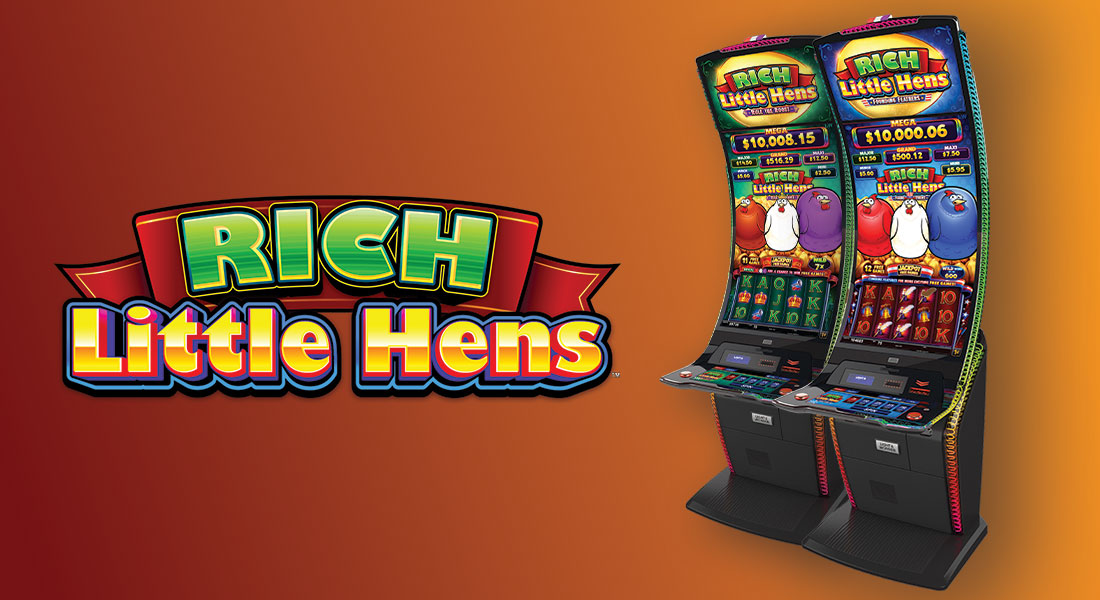The journey of slot machines began in the late 19th century with a simple mechanical design that has significantly evolved into the advanced digital formats we see today. Understanding the history of slots not only gives players context about their favorite games but also illustrates how far technology has come in enhancing gameplay experiences.
The Birth of Heart Of Vegas Machines
The first-ever slot machine, known as the Liberty Bell, was invented in 1895 by Charles Fey. This iconic machine featured three spinning reels and five symbols: horseshoes, diamonds, spades, hearts, and a bell sv88.
With a straightforward design, players would insert coins, pull a lever, and hope for a winning combination. When they hit three bells in a row, they would receive a payout of 50 cents—a substantial amount at that time. The Liberty Bell set the foundation for future slot machines, establishing the concept of random outcomes based on chance.
Over the years, other gaming innovators introduced additional features such as automatic payouts and advanced mechanics, enhancing the appeal of these machines. By the early 20th century, slot machines had made their way into bars, saloons, and eventually casinos, becoming a staple in American gambling culture.
The Mechanical Era and Innovations
Throughout the mid-20th century, mechanical slot machines became increasingly sophisticated. Manufacturers began integrating more complex designs, including multiple reels and various payout systems. By the 1960s, manufacturers like Bally and IGT started producing electromechanical slots that incorporated light and sound to boost excitement.
These machines still operated on mechanical principles but included electrical components that allowed for more intricate gameplay features. As players fed coins, they could experience auditory rewards—an important psychological aspect of gaming that elevated engagement levels.
This period also saw the introduction of themed machines, which captured the attention of a wider audience. Popular television shows and movies inspired many slot themes, making them visually appealing and relatable to players.
Transition to Video Slots
The dawn of the digital age brought forth video slots in the late 1970s. These machines replaced physical reels with graphical representations displayed on screens. The innovation opened a new world of possibilities for game developers, allowing them to create more engaging graphics, animations, and storylines.
Video slots brought along limitless opportunities for creativity with themes ranging from fantasy worlds to blockbuster films. With the incorporation of soundtracks and special effects, players experienced a sensory overload that enhanced their overall gaming pleasure.
As technology continued to advance, the addition of random number generators (RNGs) ensured fairness and unpredictability in outcomes, an essential feature that contributed to the credibility of online gaming.
Emergence of Online Casinos
With the rapid expansion of the internet in the late 1990s, online casinos emerged, marking a monumental shift in how people accessed and played slot games. Players could now spin the reels from the comfort of their homes or on-the-go devices, broadening the player base significantly.
Online platforms offered advantages such as greater convenience, a wider selection of games, and the ability to play for free or with real money. The development of mobile technology further revolutionized slots, enabling seamless access to games via smartphones and tablets.
Today, innovative features such as live dealer games, Heart Of Vegas augmented reality (AR), and virtual reality (VR) are setting the stage for even more immersive gaming experiences.






